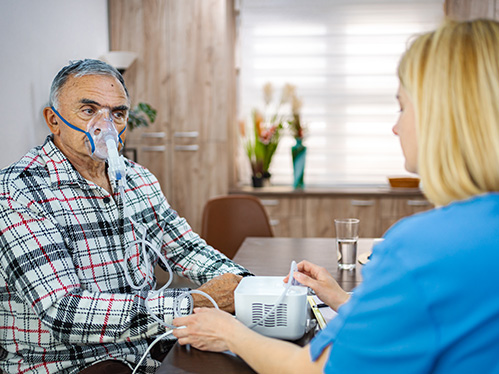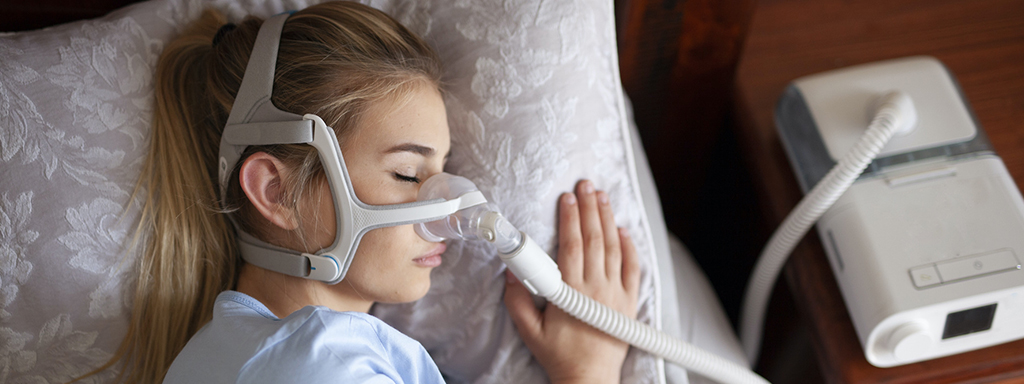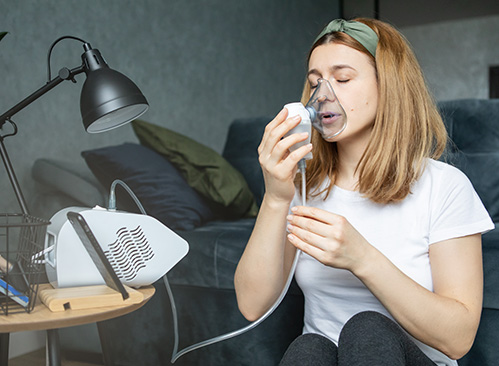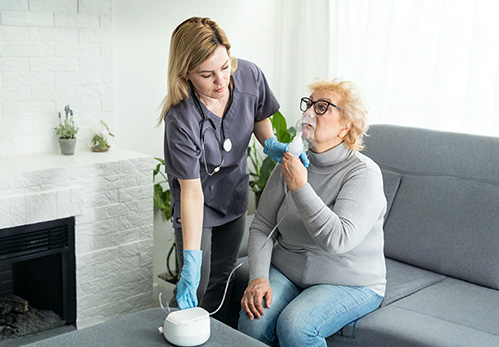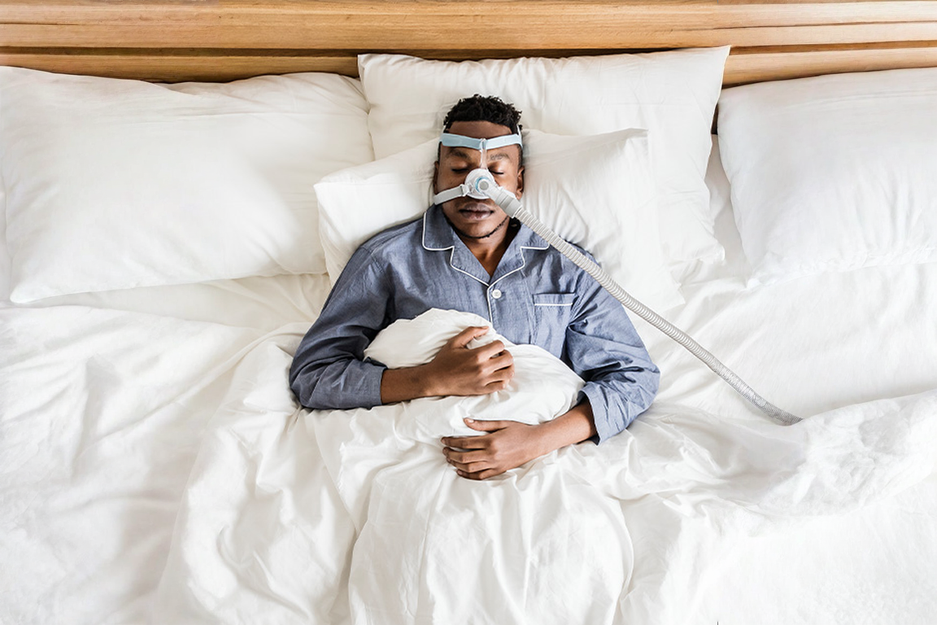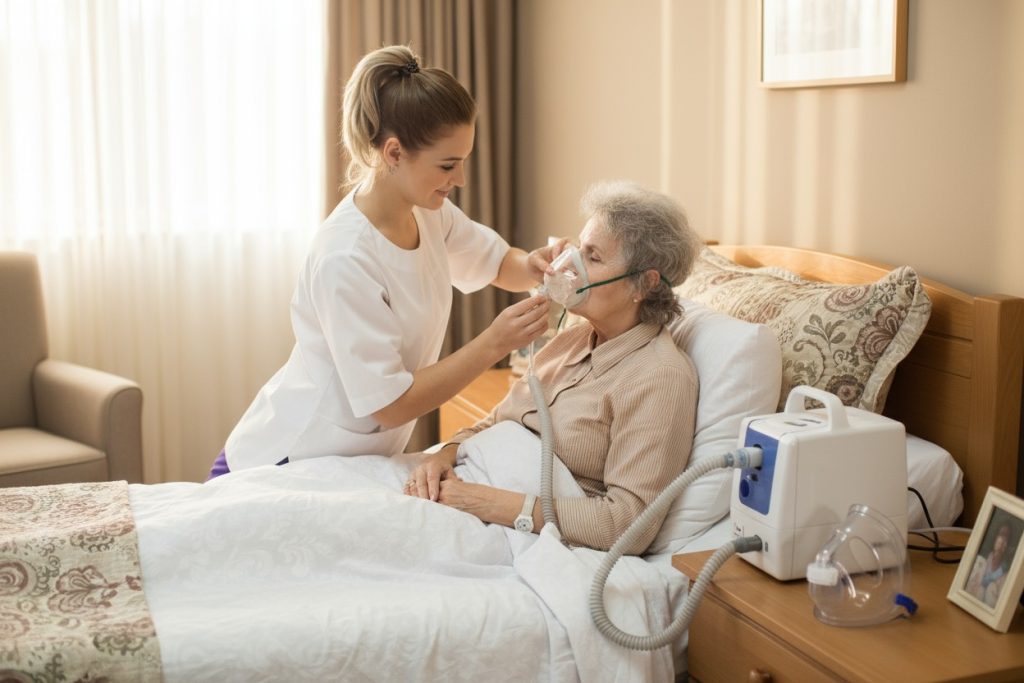
MSI Sleep Therapy Solutions
MSI’s Sleep Therapy Solutions partnership is the success to HME & Respiratory Providers growth. MSI goal is to provide exceptional Customer Experience to our client to increase Sleep compliance.
Our Respiratory Therapist (RT) are well qualified with numerous years of experience to assure Sleep therapy set up is a success.
By using our sleep program, our HME partners can be more efficient, reduce overhead, and reach optimal resupply revenue by MSI compliance success.
MSI provides licensed clinicians Nationwide
Sleep Apnea Patient will be set up by an experienced and approved Clinician who will go over the Physician order and plan of care, Equipment, Mask, Compliance, and answer any questions the patient may have.
Our clinicians will provide detail insurance requirement compliance need to accomplish optimal resupply.
MSI clinicians are knowledgeable, professional, and compliance driven.
The clinician will set up the prescribed mask if DAW or perform a best fit process to assure optimal success. Patient will self-fit interface with Trained Technician coaching, Manufacture fit tips resource material.
Clinicians will work with your patients from set up to compliance


